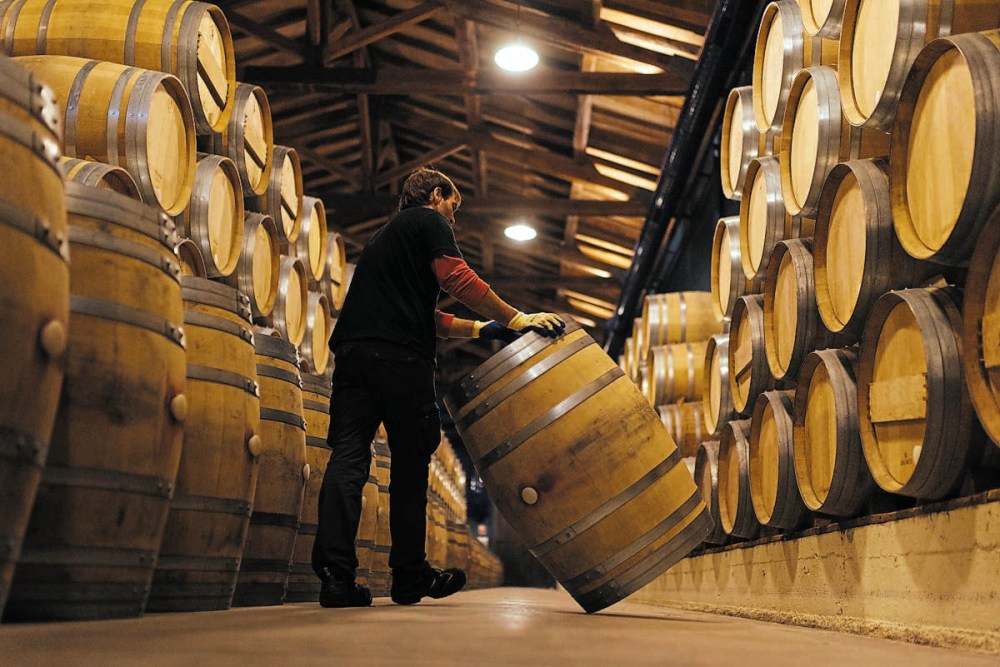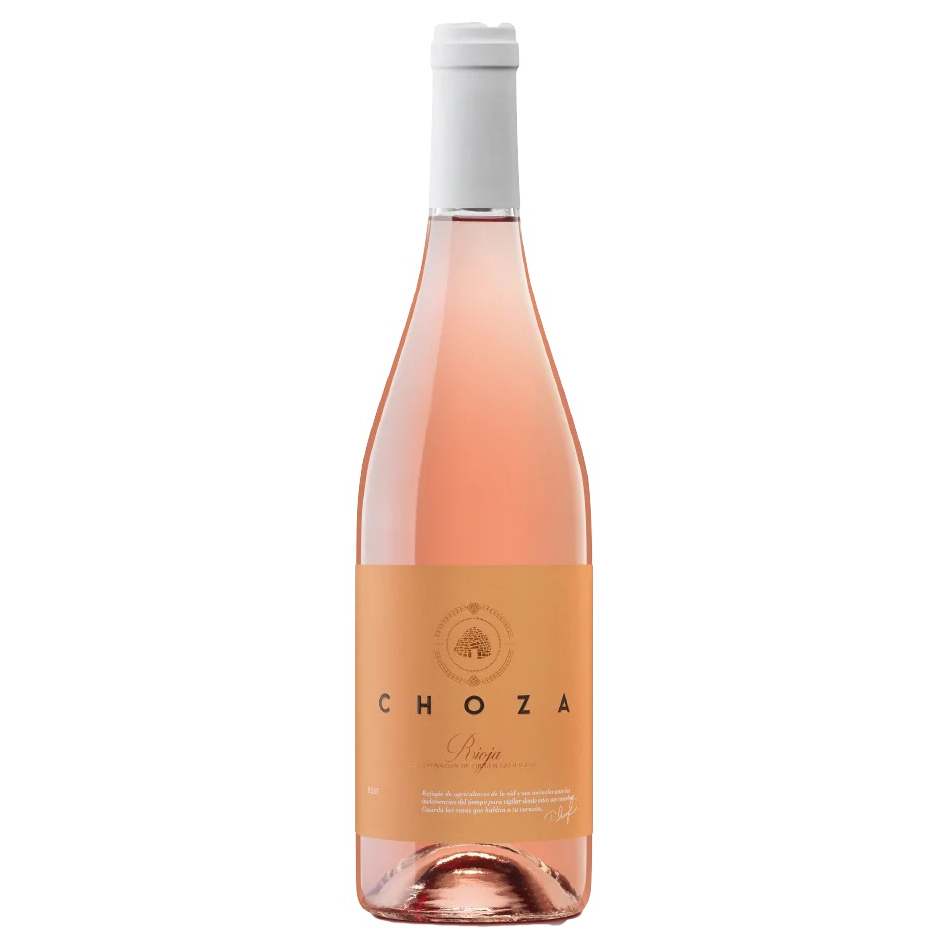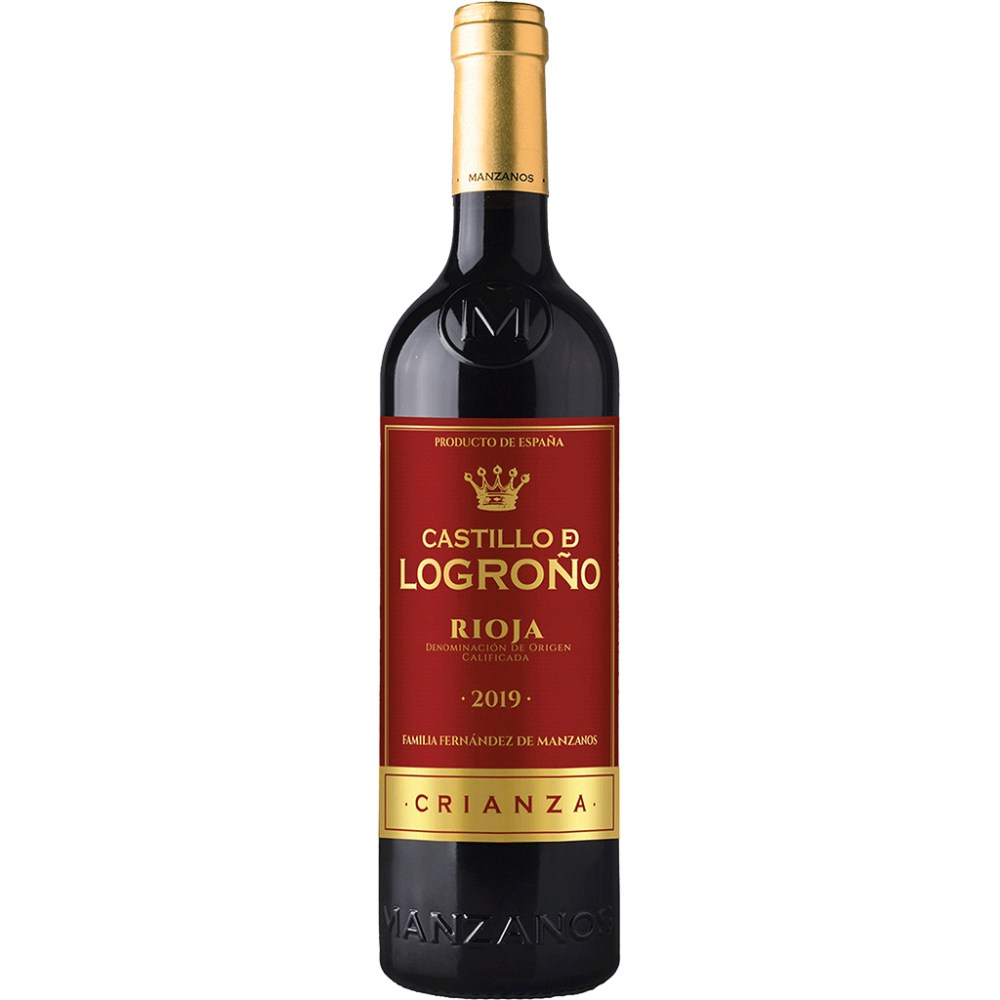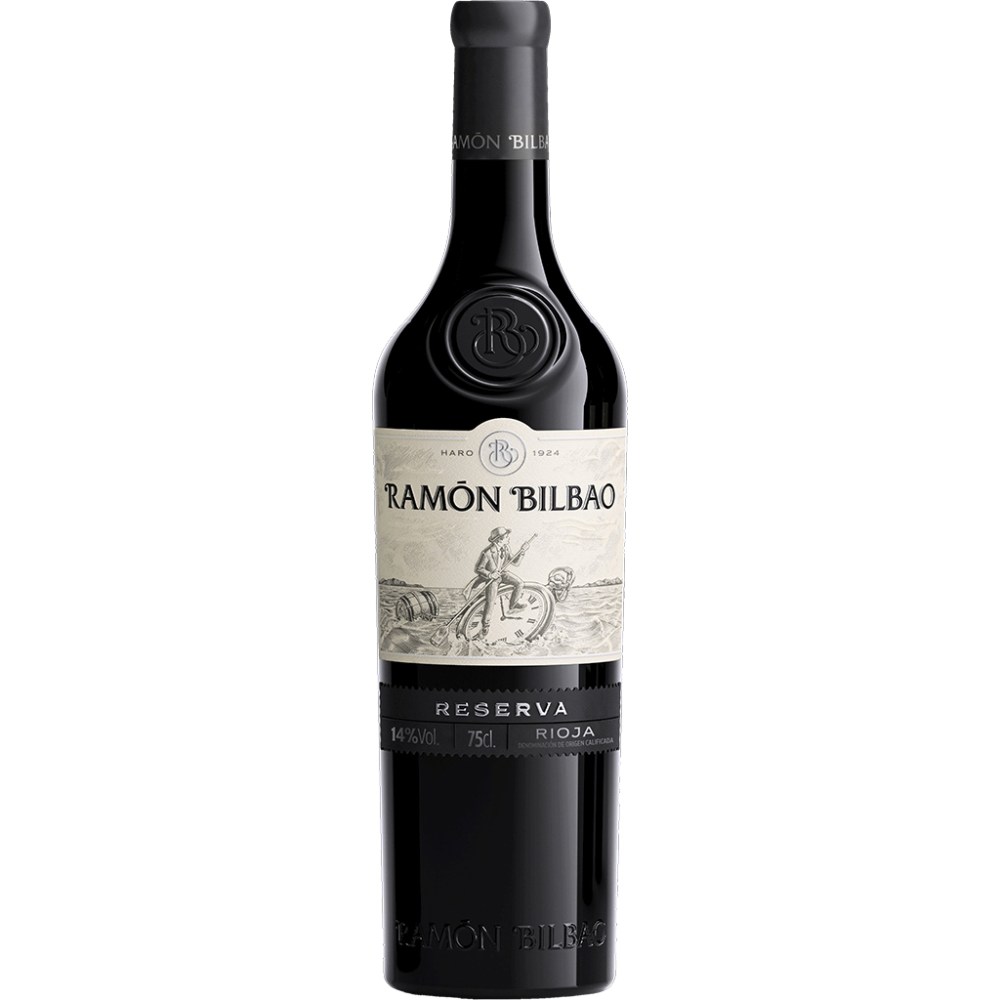Versatile Rioja shines as the king of Spanish reds
Advertisement
Read this article for free:
or
Already have an account? Log in here »
To continue reading, please subscribe:
Monthly Digital Subscription
$1 per week for 24 weeks*
- Enjoy unlimited reading on winnipegfreepress.com
- Read the E-Edition, our digital replica newspaper
- Access News Break, our award-winning app
- Play interactive puzzles
*Billed as $4.00 plus GST every four weeks. After 24 weeks, price increases to the regular rate of $19.00 plus GST every four weeks. Offer available to new and qualified returning subscribers only. Cancel any time.
Monthly Digital Subscription
$4.75/week*
- Enjoy unlimited reading on winnipegfreepress.com
- Read the E-Edition, our digital replica newspaper
- Access News Break, our award-winning app
- Play interactive puzzles
*Billed as $19 plus GST every four weeks. Cancel any time.
To continue reading, please subscribe:
Add Free Press access to your Brandon Sun subscription for only an additional
$1 for the first 4 weeks*
*Your next subscription payment will increase by $1.00 and you will be charged $16.99 plus GST for four weeks. After four weeks, your payment will increase to $23.99 plus GST every four weeks.
Read unlimited articles for free today:
or
Already have an account? Log in here »
As wine-producing countries go, Spain is among the most storied and revered. Cava from Catalunya in the east continues to be among the best-value sparkling wine, Castilla Y León in the west makes well-priced and compelling whites and reds, and sherry producers in the southern Jerez region are crafting some of the best under-the-radar fortified wines, both dry and sweet.
But when it comes to red wines, one northern Spanish region in the north rules them all — Rioja.
Located in central northern Spain, some 400 kilometres west of Barcelona, Rioja reds are well priced for what they deliver, bringing a range of rustic flavours (dependent largely on how long they’re aged before release), with the common thread among most being the Tempranillo grape variety.
Tempranillo is planted widely throughout Spain and Portugal (where it’s known as Tinta Roriz or Aragonéz), and while most Riojas aren’t made exclusively made from the variety, most reds from the region are largely based on the early-ripening red grape.
Tempranillo tends to bring a decent amount of acidity and tannins with the typical bright red berry/cherry notes and secondary herbal flavours. Grapes in Rioja typically enjoy plenty of sunshine throughout the growing season, thanks to nearby mountain ranges blocking cloud cover from rolling into the Rioja Valley. It’s also a grape that does well with barrel aging, which is a defining factor in Rioja reds.
The Rioja wine region has a classification system called Denominación de Origen Calificada (D.O.Ca), whereby red wines aged in barrel and bottle for different lengths of time fall into different categories. Wines are labelled as Rioja, with the specific classification typically listed on the front label.
Entry-level Rioja may see little or no oak and bottle aging before release, and is the least expensive and the simplest, fruitiest of the reds. It’s just called Rioja.
riojatrade.com Oak aging is a key component of Rioja red wines, which spend months or even years in 225-litre barrels
The next level up is Crianza, whereby a wine has been aged at the winery for a minimum of two years — at least one year of which is in 225-litre oak barrels — before release. Reserva is one step higher yet, with a wine aged for a minimum of three years (with at least one year in barrels) before release, while the top tier, Gran Reserva, spends five years aging (with a minimum two years in barrels) before release. In many cases, the Reservas and Gran Reservas we see on shelves have spent even longer aging than the required minimum.
Expect some Crianzas to offer modest oak influence, while Reservas and especially Gran Reservas bring more body, as well as pronounced spice, lacquer and tannic notes from barrel influence. While all can be drunk upon release, some wines in the latter two categories, particularly the Gran Reservas, can easily be set aside and enjoyed years down the road.
Rioja does produce some excellent white wines as well, based on the Viura grape variety, and there are some delicious rosés being produced in the region. However, production in both categories is dwarfed by Rioja’s red output. Check private wine stores for white and rosé wines from the region.
When it comes to food pairing, Reservas and Gran Reservas do well with steak and grilled meats, which can help tame the grippy tannins in the wine, while Crianzas would do well with slightly spicier fare. The acidity found in the Tempranillo grape variety means Riojas also tend to go well with tangy tomato-based sauces, and can cut through fattier or richer dishes.
uncorked@mts.net
@bensigurdson
Wines of the week
Bodegas Medrano 2023 Choza Rosado (Rioja, Spain — around $18, Jones & Company Wine Merchants)
An 80-20 blend of the red Garnacha and the white Viura (a.k.a. Macabeo) grape varieties, this rosé is deeper pink in colour, offering fresh watermelon, raspberry, pear and subtle chalky and leafy notes aromatically. It’s dry, medium-bodied and slightly viscous, with ripe raspberry and strawberry flavours, as well as secondary watermelon, ripe orange and peach notes, moderate acidity and a medium-length finish. Offers more intensity and depth of flavour than many comparable rosés. Available at Jones & Company Wine Merchants. 4/5
Bodegas Manzanos 2019 Castillo de Logroño Crianza (Rioja, Spain — $20.99, Liquor Marts and beyond)
This red blend of Tempranillo, Garnacha and Graciano grapes is black cherry red in colour, with lovely raspberry, blackberry, plum, chalky and white pepper aromas. It’s medium-plus-bodied and dry, with bright blackberry and raspberry flavours, secondary cocoa, herbal, vanilla and white pepper notes, medium tannins and acidity that balance each other nicely and, at 13.5 per cent alcohol, a medium-length finish. The 12 months in oak barrels, half French and half American, adds complexity without impeding the fruit flavour-wise. Drink this delicious red now or hold for 2-4 years. 4/5
Bodegas Ramõn Bilbao 2018 Reserva (Rioja, Spain — $24.99, Liquor Marts and beyond)
This Rioja red is 90 per cent Tempranillo, with the balance split between Graciano and Mazuelo, with the bulk of the vines over 40 years old. It’s deep garnet in colour and aromatically offers wet earth, plum, raspberry, blackberry, violet and cherry notes. It’s full-bodied, chewy and dry, with great depth of dark and red berries, hints of lacquer, spice and vanilla (from 20 months in American oak barrels), dashes of cocoa and white pepper, medium-grippy tannins and, at 14 per cent alcohol, a long and warm finish. This deep, complex red is drinking great now, but could be revisited in 3-5 years. Elegant, rustic and well-structured. 4.5/5

Ben Sigurdson
Literary editor, drinks writer
Ben Sigurdson is the Free Press‘s literary editor and drinks writer. He graduated with a master of arts degree in English from the University of Manitoba in 2005, the same year he began writing Uncorked, the weekly Free Press drinks column. He joined the Free Press full time in 2013 as a copy editor before being appointed literary editor in 2014. Read more about Ben.
In addition to providing opinions and analysis on wine and drinks, Ben oversees a team of freelance book reviewers and produces content for the arts and life section, all of which is reviewed by the Free Press’s editing team before being posted online or published in print. It’s part of the Free Press‘s tradition, since 1872, of producing reliable independent journalism. Read more about Free Press’s history and mandate, and learn how our newsroom operates.
Our newsroom depends on a growing audience of readers to power our journalism. If you are not a paid reader, please consider becoming a subscriber.
Our newsroom depends on its audience of readers to power our journalism. Thank you for your support.




